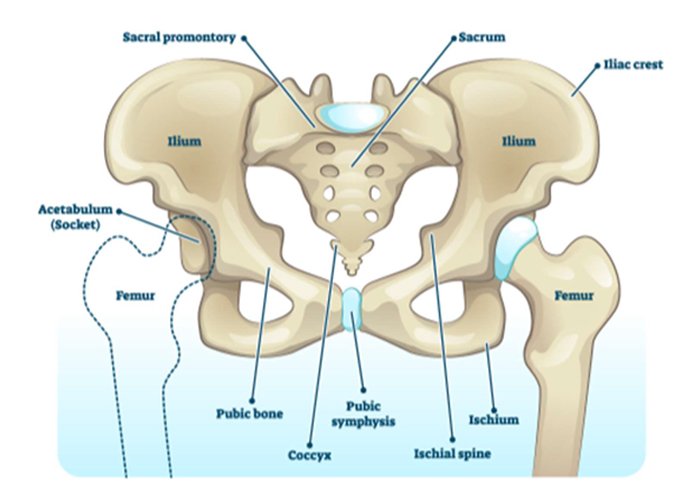Frozen shoulder is a condition in which you will feel stiffness and pain in the shoulder joint. It develops gradually and worsens over time. Adhesive capsulitis is a synonym for it. Likewise, the illness limits how much the shoulder joint can move.
Causes of Frozen Shoulder
The exact cause of the condition is not yet fully understood. However, research shows the possible causes could be shoulder or arm injury. In addition, diabetes, hypothyroidism, hyperthyroidism, Parkinson’s disease, and cardiac disease may also increase the risk of frozen shoulders. The disorder manifests by thickening and tightness of the shoulder capsule.
Risk Factors
The possible factors that increase the risk of developing a frozen shoulder:
- Being over 40 years of age
- Being female
- Having a history of shoulder trauma or surgery
- Suffering from diabetes, thyroid disorders, or cardiovascular disease
Symptoms
The condition develops in three stages:
- Freezing Stage
The shoulder becomes stiff and movement causes sharp pain. It can last from 6 weeks to 9 months.
- Frozen Stage
Pain may begin to diminish during this stage. However, the shoulder becomes more stiff, and using it becomes more difficult. This stage generally lasts 4 to 6 months.
- Thawing Stage
The range of motion in the shoulder begins to improve. This final recovery can take 6 months to 2 years.
Diagnosis
Diagnosis involves a physical examination by a qualified doctor to assess pain and range of motion. In addition, it can involve imaging tests like X-rays or MRIs.
Treatment
Its treatment focuses on controlling pain and restoring motion. It involves:
- Medications to lower pain and swelling
- Exercises focussed on mobility and strength
- Corticosteroids can help with inflammation and discomfort.
- Surgery to release the joint capsule.
Prevention and Management
Given its complexity, the prevention of frozen shoulders might not be possible. However, the condition is manageable through:
- Regular, gentle exercises to maintain mobility
- Avoiding prolonged immobility or keeping the shoulder immobile in one position
- Managing underlying conditions like diabetes
Conclusion
A frozen shoulder is painful and disabling. So, it can negatively impact the physical activities of the sufferer. Early Diagnosis is crucial for healing the condition. It will minimize discomfort apart from restoring shoulder function.
Therefore, consult a reputed physiotherapy clinic, such as Solace Physiotherapy, if you suspect the condition in your body. Such a healthcare service provider will correctly diagnose the condition and prescribe the best treatment plan to you. With our trained and experienced physiotherapy professionals, we provide the best treatment for the condition. Our customized treatment plans can help you to get rid of the condition quickly and effectively.
Remain patient, and allow our expert physiotherapists to heal the condition for you.


